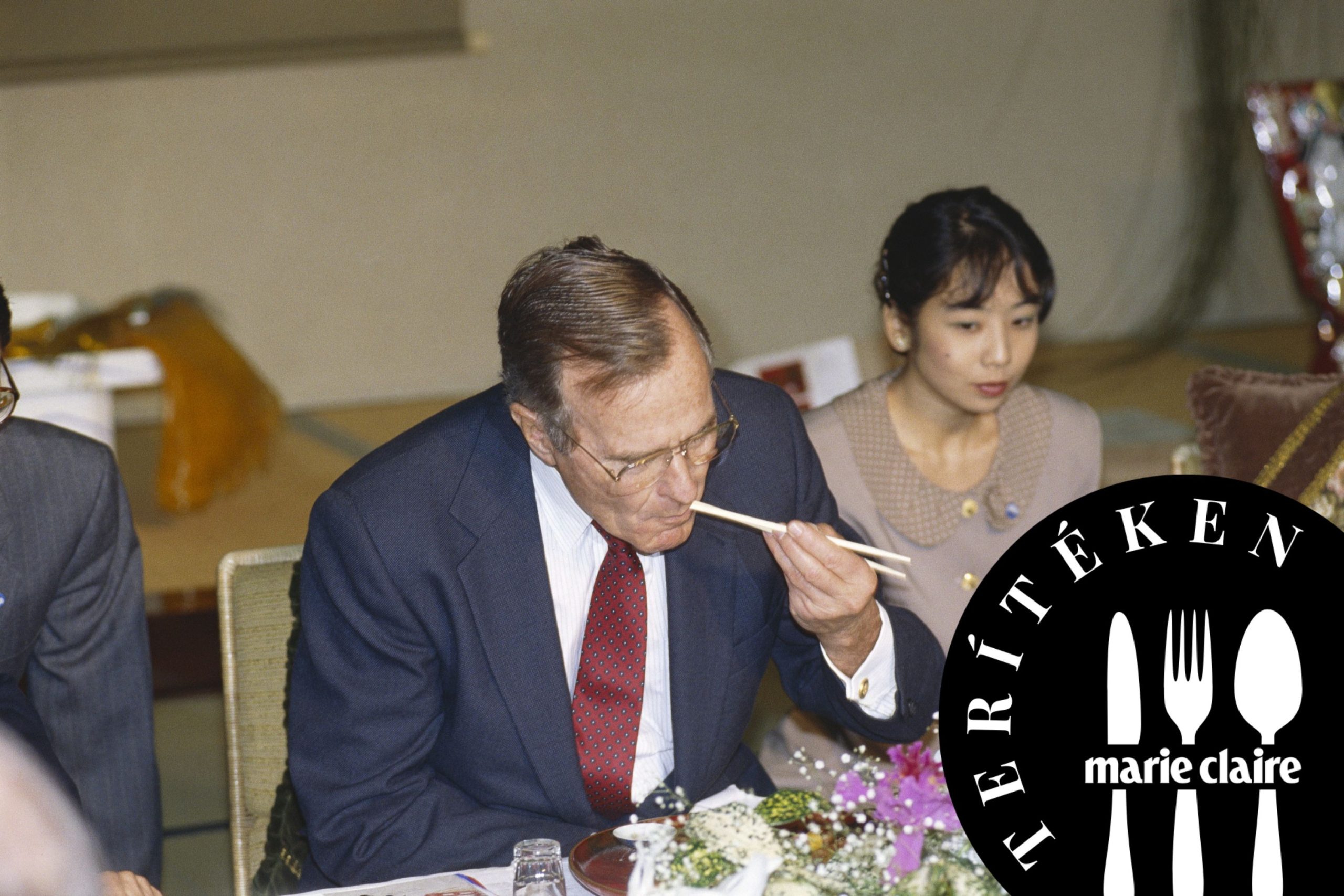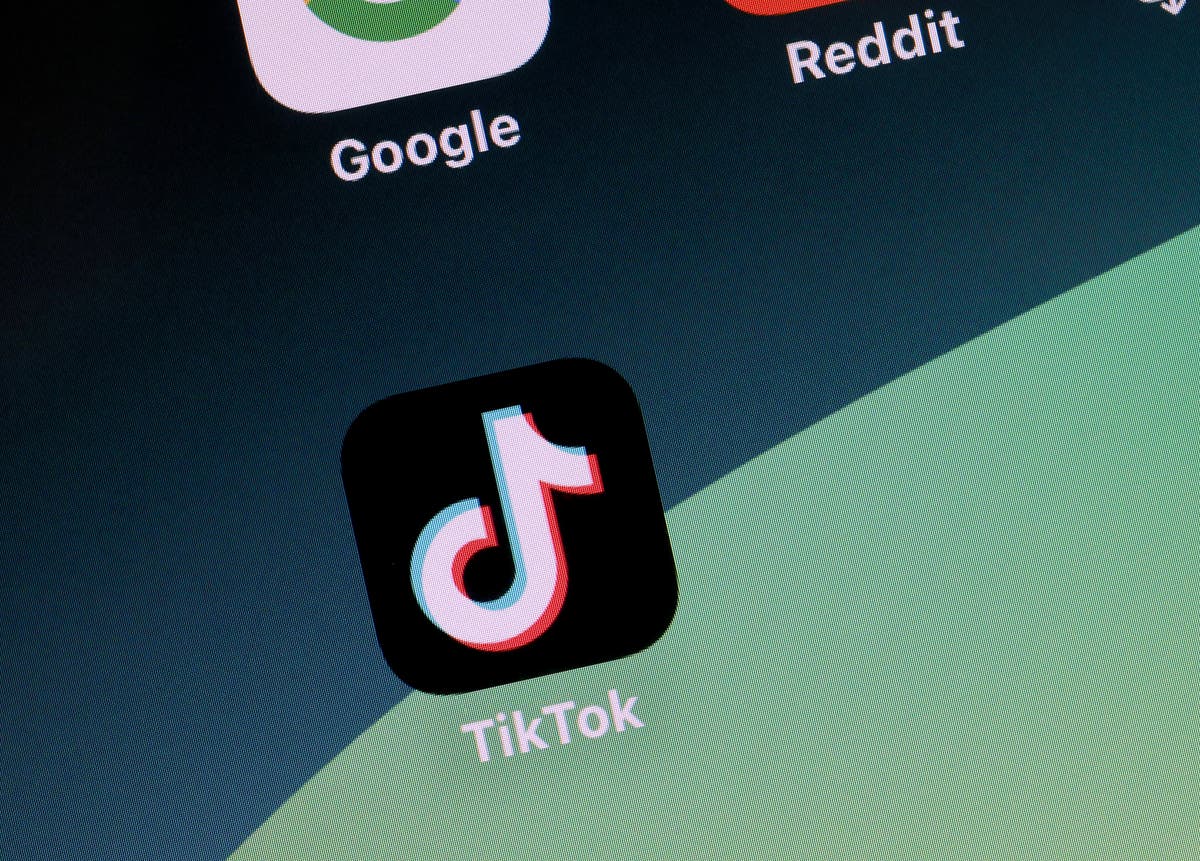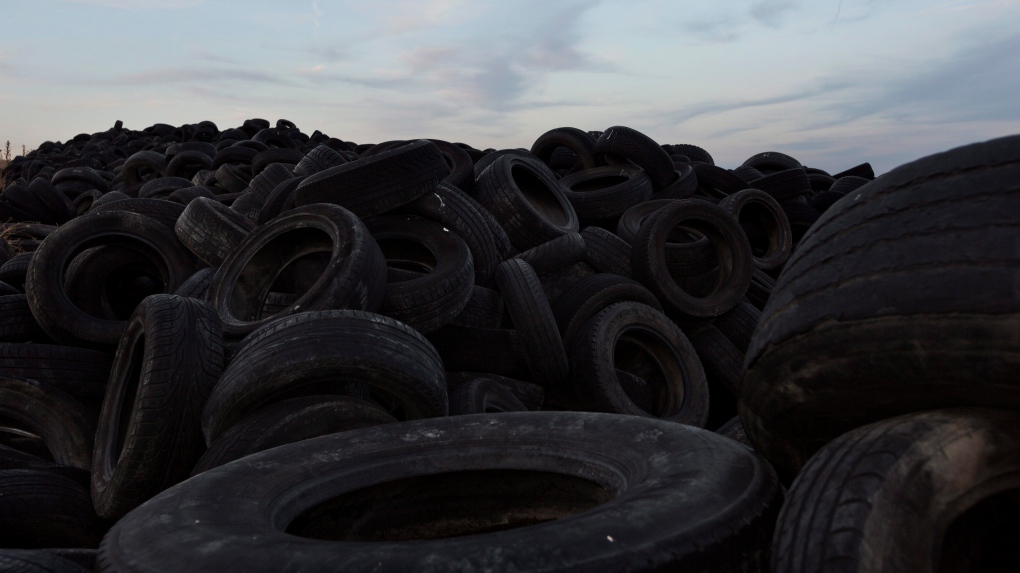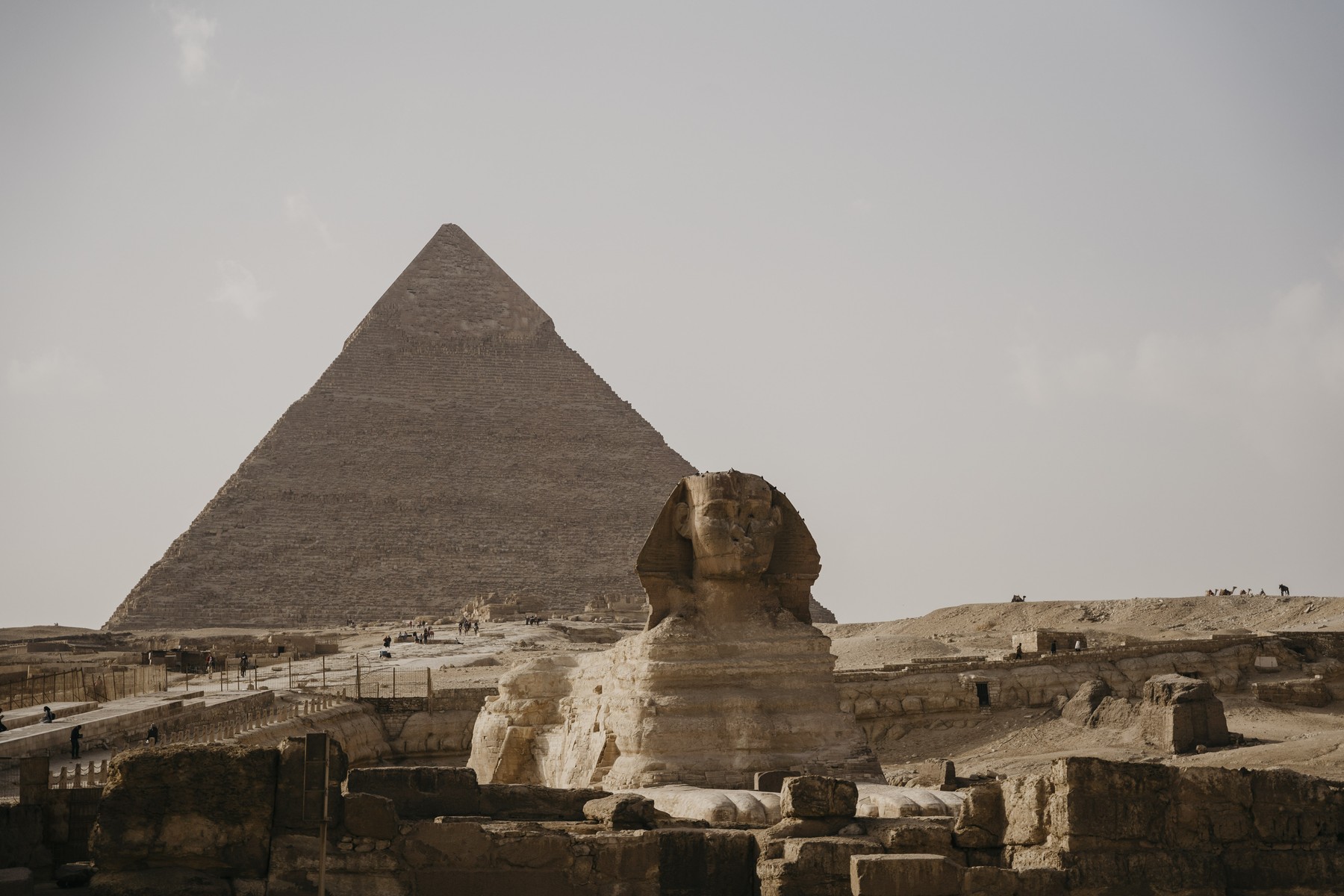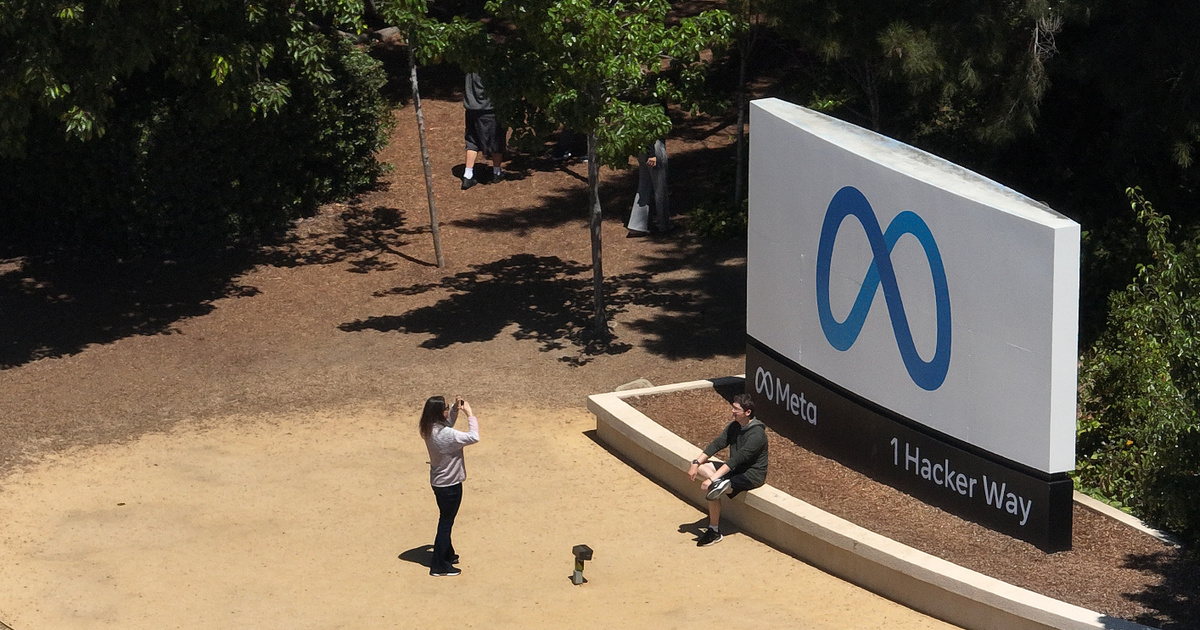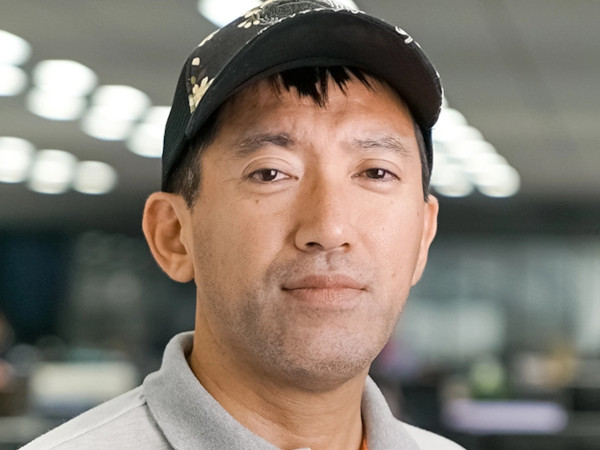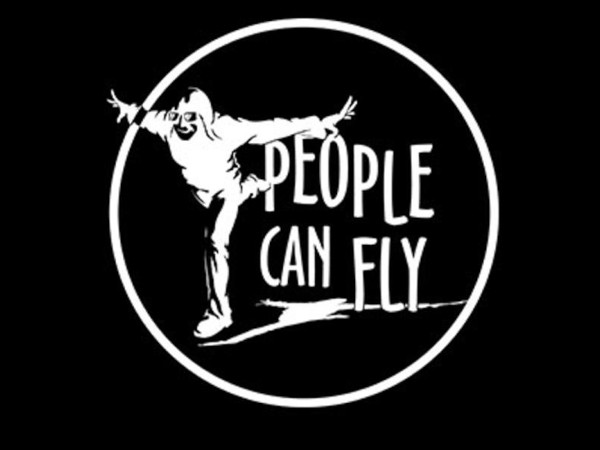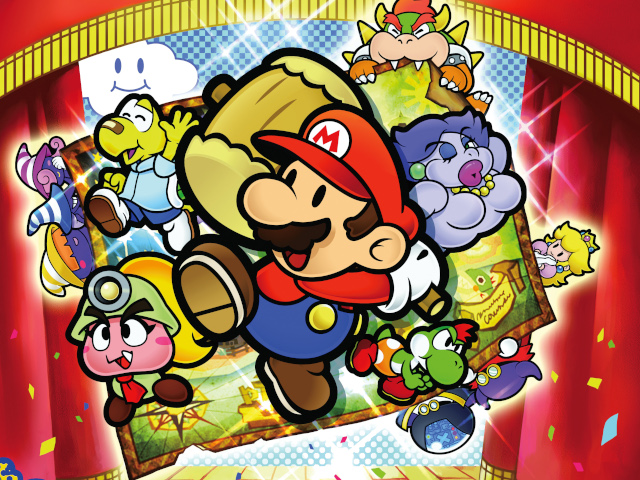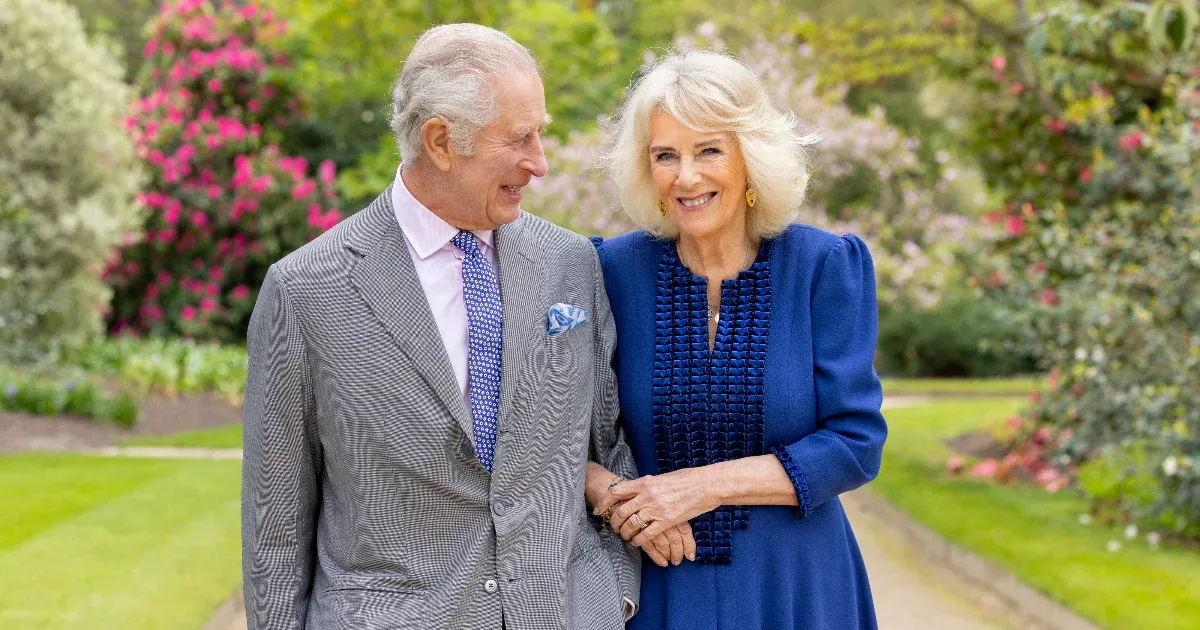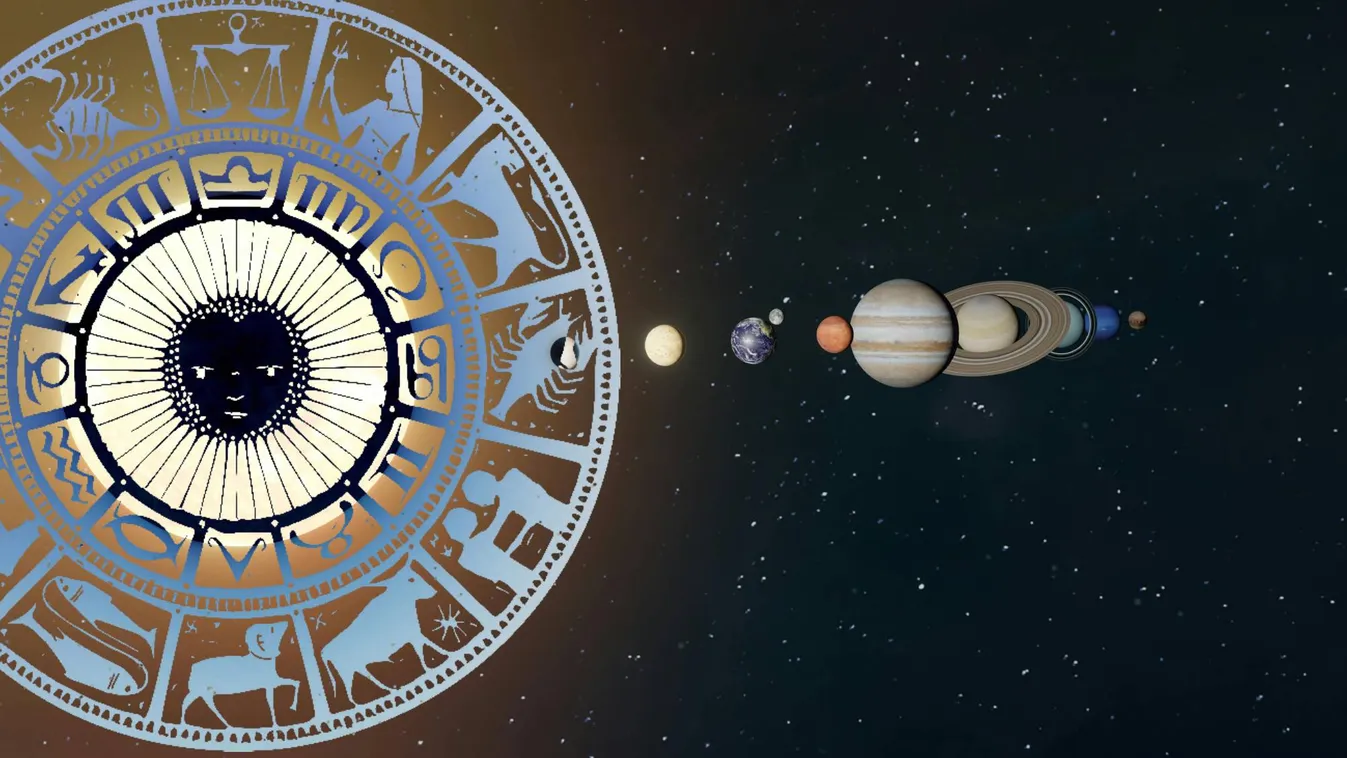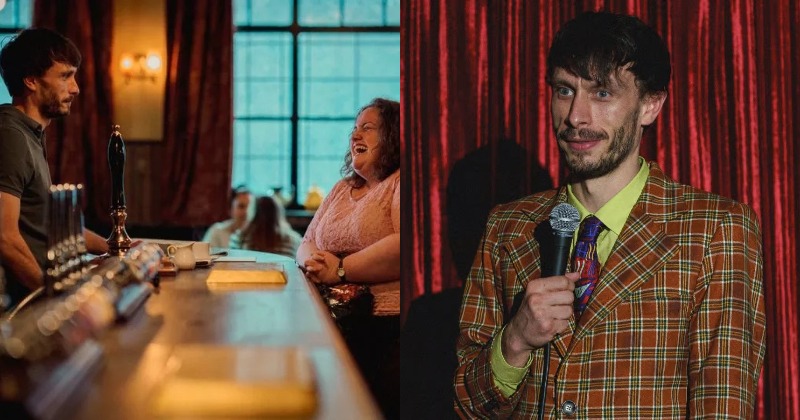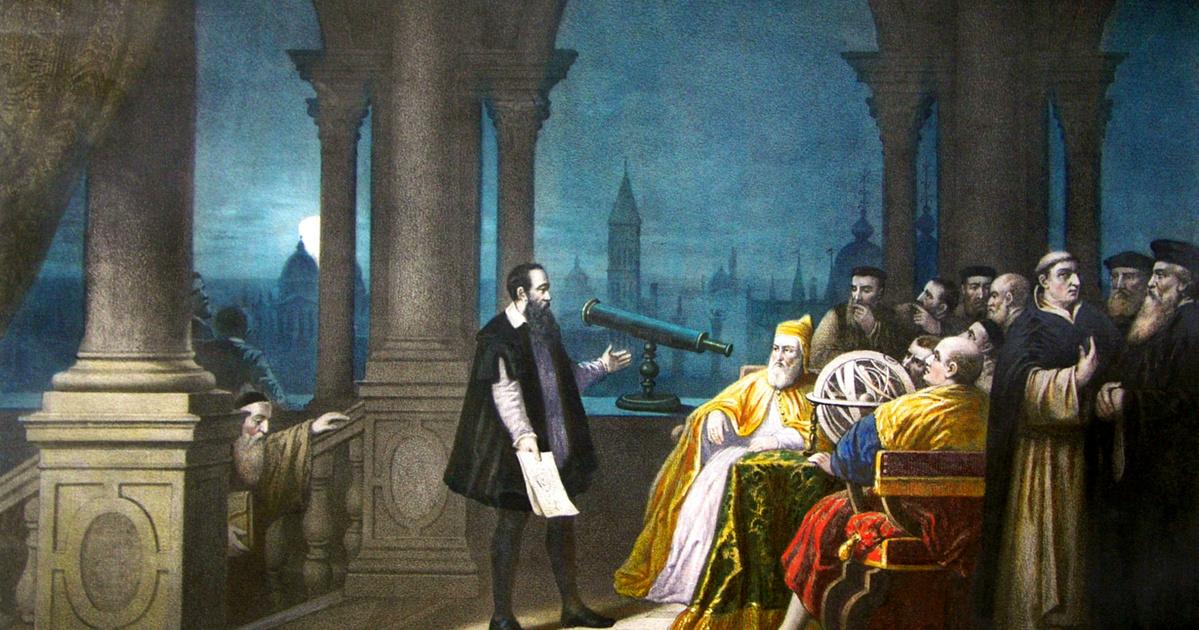Why was Galileo Galilei summoned to the Roman court in 1632? What was the trial?
The issue of the lawsuit has been set back a long time. In 1613, Galileo wrote a letter to a Dominican monk named Catelli, who was his friend. He explained here that Copernicus’ theory does not contradict biblical passages and stated that the scriptures were not written from an earthly perspective, but science presents a different and more nuanced perspective. According to Galileo, in the interpretation of sacred texts it is often necessary to depart from the literal meaning of the words, and what nature reveals to our eyes,
There can be no doubt that the words of the Bible sound different in certain places.
However, his enemies immediately accused Galileo of heresy. As a result of years of discussion, a decision was made that a heliocentric worldview could only be taught as a theoretical possibility, as a mathematical model. As a devout Catholic, Galileo obeyed for seven years, then when his friend Maffeo Barberini became a cardinal, the eighth pope. Under the name Orbán, the search began again with great vigor. His conversations with the Pope inspired his major work, The Dialogues about the two greatest world systems, Ptolemy and Copernicus (1632) to prepare it. In the work, three people speak: Simplicio, who embodies ancient Aristotelian physics, Salviati, a supporter of the Copernican system, and Sagredo, the independent debater. It was no coincidence that Galileo wrote in Italian, a language intelligible to the general public. His book was published with the permission of the censors, but it irritated the church. The content of the work was not the subject of the lawsuit in the first place—physics and astronomy were not directly discussed at this session—but a violation of prohibition to defend, publish, or take a stand on Copernican theory.
If he presented the results of his research as merely an astronomical hypothesis, he would not be prosecuted.
However, in his book he specifically ridiculed the position of the Church and the Pope, viii. The volume contained the words of Pope Urban simplicio, That is, in the mouth of her so-called “single-minded” character. This insult may also have played a role in the fact that he was finally convicted at the trial that took place in 1632-1633.
The mouth of the Italian physicist uttered the famous phrase “Still moving!” (Eppur si muove!), or is this just one of the biggest misconceptions about history?
There is no evidence for this in contemporary sources, such as court records or in later scholarly works and correspondence. It first appeared in an Italian library anthology published in 1757, after more than 120 years of trial. A scholar of Galileo named Antonio Favaro in the twentieth century. At the beginning of the century, he put forward an interesting hypothesis regarding the birth of the proverb. The origin of the famous hotel has been linked to a painting by Bartolome Esteban Murillo or an artist from his school stored in a private collection in Belgium. The painting, dated 1643 or 1645, depicts Galileo in prison. In 1911, the canvas was given for restoration, and it turned out that this part of the picture was hidden under the frame. In this detail, the inscription “Eppur si muove” appeared on the wall behind the scientist. The painting was likely commissioned by Archbishop Ascanio Piccolomini’s brother, so it is likely that the term that became the word inn is his. generally
There is no evidence that this phrase left Galileo’s mouth.
Why did Galileo’s case take on a political color later?
From the Age of Enlightenment until today, Galileo’s case has created a kind of myth in which the depiction of events is very far from reality.
Galileo’s case became a symbol. To this day, it is used to justify the Church’s alleged anti-science nature.
However, in 1718, forty years before the decision to remove books studying heliocentric theory from the catalog, Galileo’s works were republished. The Church neither before nor after Galileo’s trial attacked scientists who dealt only with mathematics, astronomy or physics – Giordano Bruno was an exception because he attacked the Church in his philosophical works. It is possible that Galileo’s trial was merely a combined result of the historical-political situation and the pope’s vanity. Apart from this, the nineteenth. In Italy in the first half of the twentieth century it was still difficult to write about the Earth revolving around the sun. Anti-Church political ideologies used the Galilean trial to support their position, that is, their anti-church, on this matter as well. That is why it was important for the church to review this case as well.
secondly. On the initiative of Pope Janus Pal, an ecclesiastical commission was formed to clarify the case of Galileo, which after more than three and a half centuries acquitted the scientist of the charges. Why was it important for the church to clarify Galileo?
Over the centuries, the value of Galileo’s works gradually accepted by the Church. secondly. Already in 1979, at a conference organized in honor of Einstein, Pope John Paul II mentioned Galileo as the “father” of the theory of relativity, as a worthy pioneer. Based on the findings of the study committee formed in 1981, 2. Pope John Paul II rehabilitated Galileo. And on October 31, 1992, at the plenary session of the Pontifical Academy of Sciences, the Pope acknowledged “the errors that were made.” While clarifying the matter, the committee decided that
The majority of theologians could not formally distinguish between the Bible and their interpretation, and thus one of the questions of scientific research was wrongly placed at the level of theology.
Thus, by 1992, Galileo was completely acquitted. The Polish-born pope indirectly rehabilitated the views of his compatriot Copernicus. st. In the nineteenth century, Melcor Sanchez, vice-president of the Pontifical Cultural Council, praised the rehabilitated scientist as follows:
It has long been proven that the earth revolves around the sun and not the other way around. But at that time it was unprovable – Galileo was ahead of his time.
This decision also symbolizes that the church is able to confront itself, and that reviewing past grievances carries the message that reconciling scientific findings with church teaching will occur soon in the future.
Kovács Örs Historian, history teacher, scientific associate at the Rubicon Institute. He is a history-French teacher at Szent Imre Cistercian High School in Buda, editor-in-chief and one of the authors of the High School History textbook series commissioned by the Hungarian Catholic Bishops Conference, and a member of several professional committees. His main field of research is the development of Hungarian-French relations in the twentieth century. century.
(Cover image: painting by H.J. Detouche 1754. Photo: Images from History/Universal Images Group/Getty Images)









